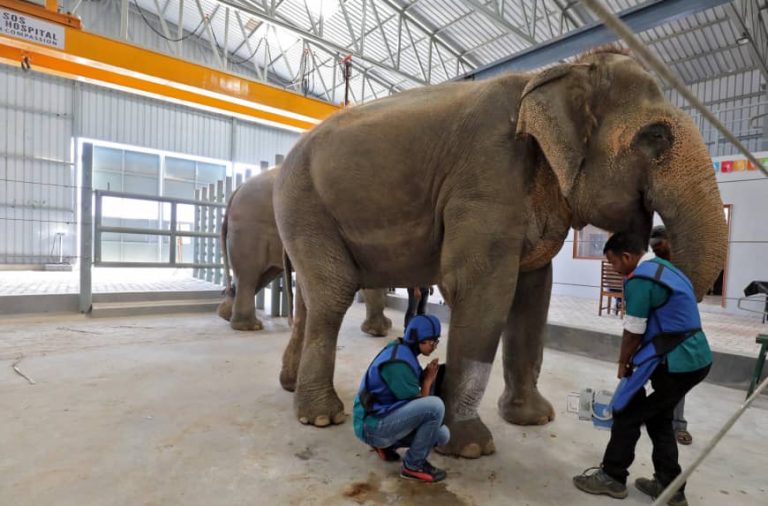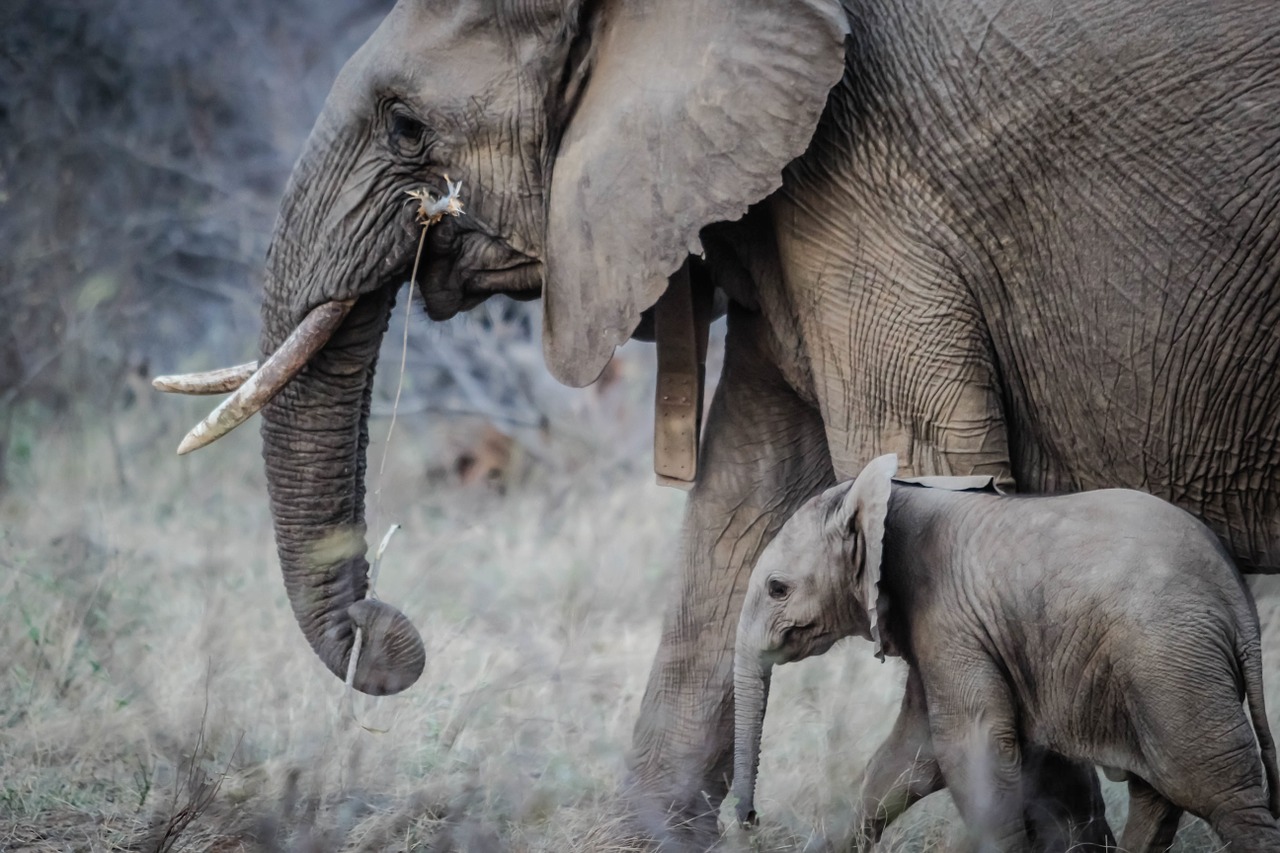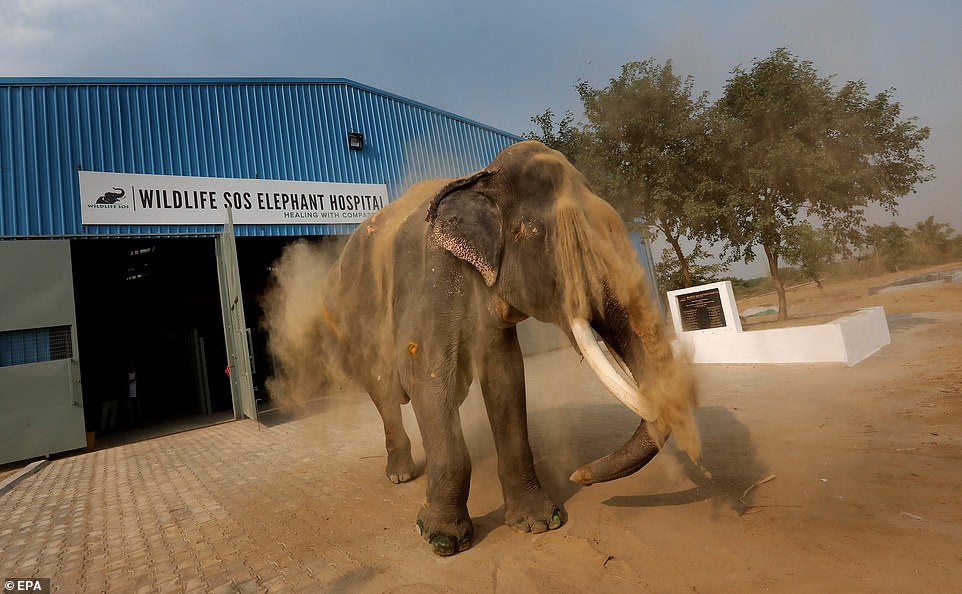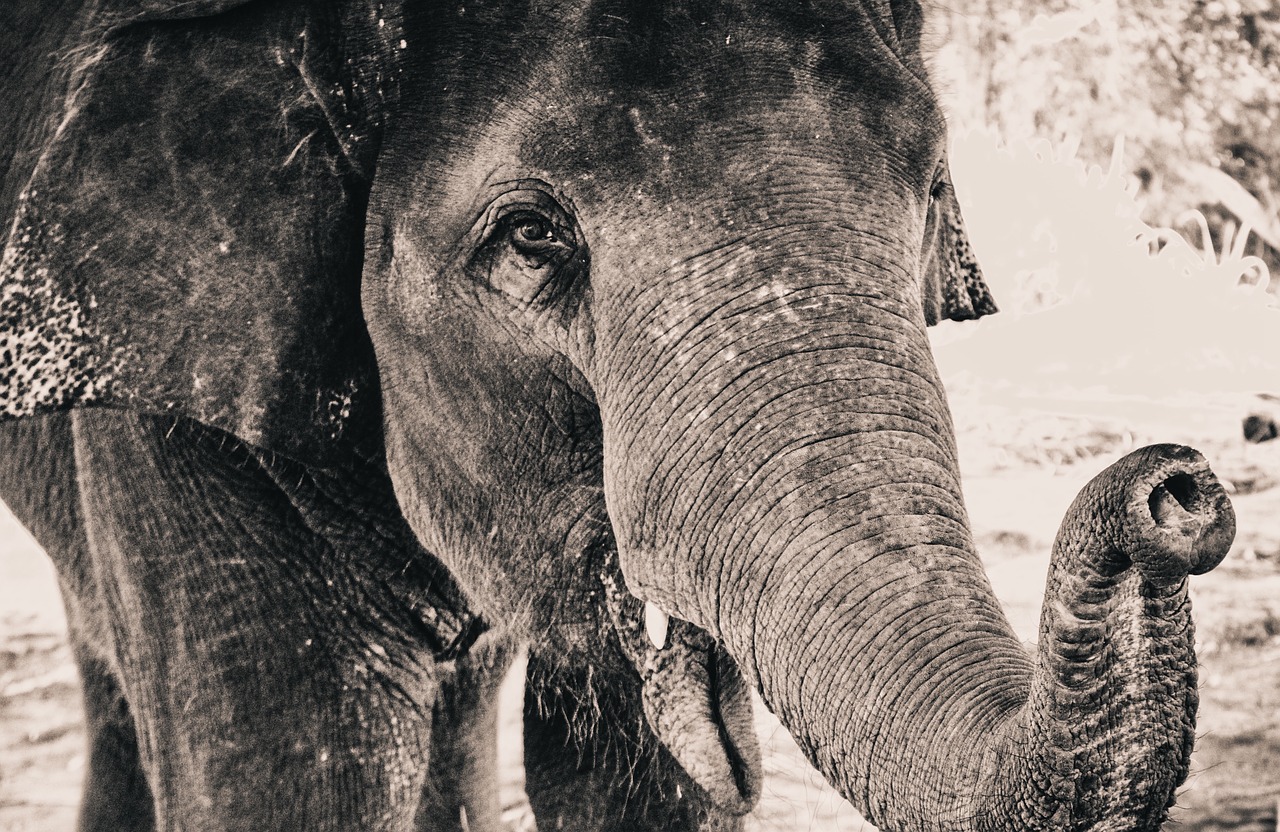
As you might imagine, life in captivity for an elephant in India is anything but glamorous. At a young age, the pachyderm is separated from his or her mother. Then, its spirit is “broken” through a traditional practice that was birthed in India.
One Green Planet reports:
“Baby elephants are taken from their mothers at a very young age, usually three to six years old, but often younger. After a young elephant is in the captivity of its handlers, the aim of the Phajaan program is to break its spirit. Babies will be kept in small crates similar to those found in the intensive pig farming industry. Their feet will be tied with ropes, their limbs will be stretched, they will be repeatedly beaten with sharp metal and other tools, they will be constantly yelled and screamed at, and they will be starved of food. Bull hooks (a tool used in most forms of elephant control) will be used to stab the head, slash the skin and tug the ears.”
Understandably, the process usually results in submissive behavior from the elephant. And after years of living in captivity in sub-par conditions, it is not unusual for numerous medical conditions to develop. It is for this reason that Wildlife SOS founded the first elephant hospital in India. GoodNewsNetwork reports that the medical center was established in Uttar Pradesh by the animal welfare group. The nonprofit organization has been rescuing wild animals across India since 1995.

Credit: Pixabay
In 2018, Wildlife SOS opened the first-ever elephant hospital in India. In just a handful of months, a total of 26 elephants have been rescued from abusive tourists attractions—such as circuses, temples, riding camps, and private owners—and received treatment.
When an elephant is checked into the hospital, it is given a thorough examination by one of the center’s veterinarians. Most of the animals are in poor physical condition due to years of neglect and malnutrition. It is because of this that the facility was specially designed to treat injured, sick, and geriatric elephants.
The state-of-the-art hospital has portable radiology machines, laser therapy, an in-house pathology lab, and a medical hoist for lifting disabled or sedated elephants around the treatment area. For regular check-ups, there is a jumbo-sized digital weight scale, as well as laboratory testing capabilities and a hydrotherapy pool.

Credit: Daily Mail
The elephant hospital also has ultrasound machines and specialized foot-care tools. For observing animals overnight, the Wildlife SOS Elephant Hospital is equipped with special quarters with infrared cameras. This enables veterinarians to observe the elephants throughout the night.
Patients at the elephant hospital are given the highest quality of care—and plenty of bananas. Once they are treated, the pachyderms are sent off to one of two Wildlife SOS elephant sanctuaries in India: the Elephant Conservation and Care Centre in Mathura or the Elephant Rescue Centre in Yamunanagar.

Credit: Pixabay
Wildlife SOS recognized the need for an elephant hospital, which is why it founded the first one in India. Employees and volunteers with the organization hope the facility raises awareness about the plight elephants face in India and other South-East Asian countries.
This article just shows that there is still hope out there. Nice and interesting read, hope to see more stuff like this here.
ReplyDelete